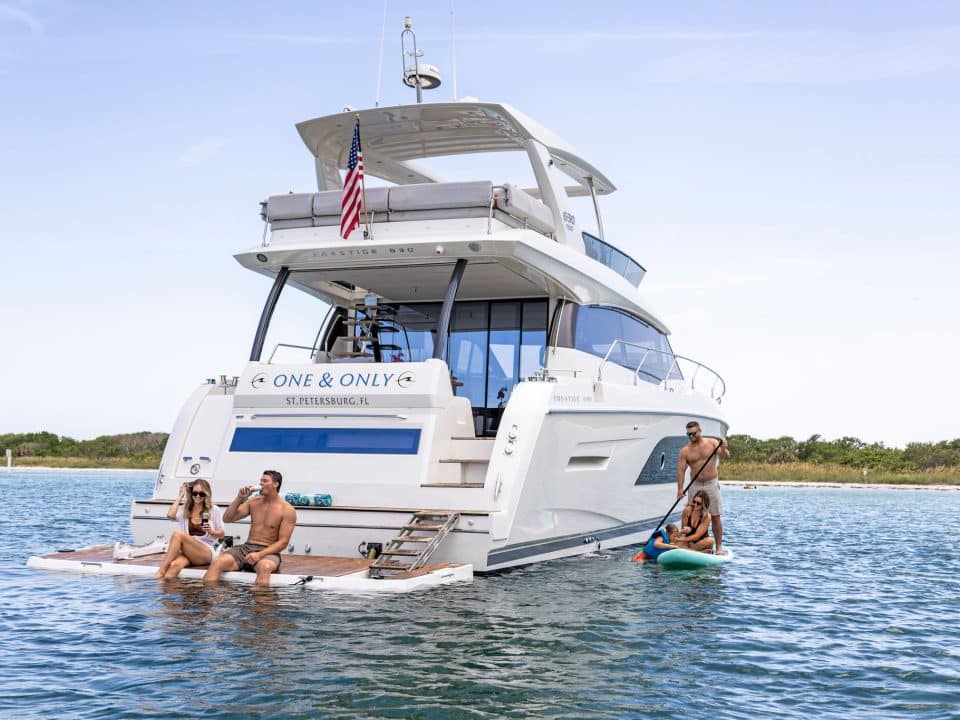
On paper, Anna Maria Island looks like a dream. The beaches are beautiful, rental demand is strong, and listings move fast. Many investors jump in thinking, “It’s Florida, it’ll pay for itself.”
But success here takes more than a good view and a solid rental projection. When investing in Anna Maria Island real estate, minor missteps can have significant financial consequences. Zoning rules shift, management costs vary by block, and not every “waterfront” delivers the return buyers expect.
The investors who thrive are the ones who study the local dynamics and avoid the five mistakes that catch newcomers off guard.
Anna Maria Island Real Estate Market Watch
As of August 2025, the average home value in Holmes Beach, FL, declined by 13.8% year over year. However, AMI real estate trends are constantly changing. Contact Billi Gartman for help buying and selling homes on Anna Maria Island.
Common Mistakes AMI Real Estate Investors Should Avoid
Ignoring Local Zoning and Rental Rules
The first place many new investors stumble is zoning. Not every area allows short-term rentals, and those rules change by city zone. Holmes Beach, for example, has clear limits that can affect your income plan. Before you buy, confirm what’s allowed and what isn’t. The goal is to ensure your investment produces consistent income.
Underestimating Seasonal Demand
Anna Maria Island is busy year-round, but demand does shift with the seasons. Many investors assume that high summer occupancy will last throughout the year. In reality, spring and winter bring stronger bookings. Set seasonal rates and plan accordingly to maintain a balanced income throughout the year.
Skipping Professional Property Management
Managing a rental property might sound simple at first, until late-night guest calls start coming in. A reliable local management team keeps the investment running smoothly. Connect with dependable partners who handle everything from bookings to maintenance, ensuring both guests and owners stay satisfied.
Overlooking Maintenance and Insurance Costs
Island homes are special, but they come with coastal upkeep. Salt air, humidity, and storms can add wear over time. Flood insurance and regular roof inspections are essential. These aren’t deal breakers. They’re simply factors that savvy investors plan for. Understanding every cost before committing helps protect long-term value.
Choosing Based on Emotion Instead of Numbers
It’s easy to fall in love with a home for its charm or view. Many investors buy with their hearts first, but the best returns come from data-backed decisions. Analyzing projections, comparable rentals, and financial details creates a stronger foundation for success.
How to Evaluate Rental Potential
Falling for a property’s charm before checking the numbers is a common occurrence. Here’s how we guide investors to look past the view and focus on real performance:
- Start with Comps: Look at similar homes within a few blocks. Check nightly rates, occupancy, and amenities. These reveal what the market truly supports.
- Occupancy Rates: On Anna Maria Island, well-positioned homes average about 65 to 75 percent occupancy. Anything higher signals a strong rental pocket.
- Run the Numbers: Estimate yearly income, then subtract management fees, taxes, and maintenance costs. What’s left shows the real return.
- Location and Lifestyle: Homes near the beach, with pools or docks, consistently outperform others. Renters want easy, vacation-ready comfort.
- Track the Seasons: Spring and winter rentals book quickly. Fall and early summer stay steady. Pricing with these cycles helps maintain consistent revenue.
- Local Insights: Our team utilizes current rental analytics to project performance before you make a purchase. That’s how we help investors make confident, profitable decisions.
Questions About Investing in Anna Maria Island Real Estate
What is the average ROI when investing in AMI real estate?
Most vacation rentals in this area yield annual returns between 6 and 10 percent. Performance depends on location, property type, and the level of management.
Can out-of-state investors manage properties remotely?
Absolutely. Many owners rely on experienced local managers to handle bookings, maintenance, and guest support.
How do local rules affect short-term rental income?
Zoning plays a significant role. Some areas allow weekly rentals, while others require more extended stays. Confirm these details before making an offer.
What property types perform best for long-term growth?
Waterfront and Gulf-view homes tend to hold their value the best. However, inland properties also offer strong year-round rental demand.
Start Investing in AMI with Confidence
If you’re serious about investing, now is the time to act. The Anna Maria Life Team lives and works where you want to invest. We understand this market inside and out, from zoning laws to property performance.
Let’s talk about your goals and find the property that fits both your budget and your vision. Contact us today to start building your portfolio on one of Florida’s most desirable islands.



